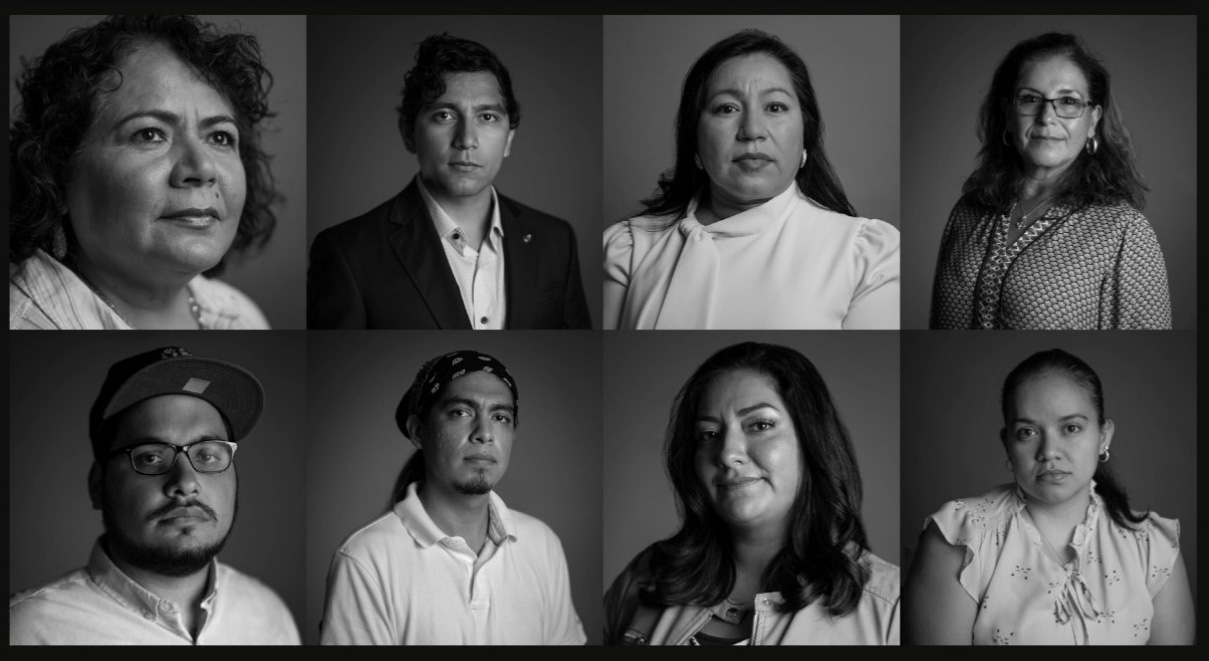You may be familiar with the bestselling book “Eat, Pray, Love” by Elizabeth Gilbert and the recent movie based upon it. It is a memoir that tells the story of a year Ms. Gilbert spent traveling through three countries trying to recover from a nasty divorce and, for lack of a better phrase, “find herself” again.
The recent sequel to this book is called “Committed.” Unlike the first memoir, this book is both a personal story and an in-depth research project. Gilbert is about to hoist herself into marriage again, and is quite concerned at the possibility. She adores the man she will marry but is nothing short of hostile toward the institution of marriage that she feels did her (and her ex) so much harm. In an effort to understand the peculiar phenomenon of marriage, she begins to explore both the history of marriage in the Western world and its practical applications in the lives of real women in Southeast Asia.
She finds that through the history of the Western world (let’s see if I can sum this up in a couple of sentences) marriage’s “purpose” was to help forge families and alliances that joined wealth, property, land, and power. Even among the poor, marriage was a way to create a stronger base of protection via labor and resources. When Gilbert sits down with the women in a Hmong village in Vietnam, she discovers that they laugh at her when she asks them what they adore about their husbands. Adoration? They explain that their husbands do their share of the work (away from the house) all day while the women do their share of the work at home all day. As long as each pulls the appropriate amount of weight, that’s a satisfactory marriage.
As Gilbert considers her first marriage and her upcoming marriage to Felipe, she realizes they bear little resemblance to “traditional” marriages in many cultures. She does not need this man to give her status or title, nor to support her financially, nor even to produce children, as technology and a more liberal society allow for her to do this alone. The only reason she is even considering marrying him is because she loves him. And love, she argues, is a pretty fragile thread on which to base such a weighty decision.
Christians base their relationship on the living God on this same thread. “For God so loved the world . . .” as John 3:16 goes. Yet if one reads the bulk of scripture, the love God has for humanity is anything but fragile (although volatile, yes). The love of God to bring a disobedient people out of bondage, create guidelines for living, walk and talk with prophets and, ultimately, offer the ultimate sacrifice of a son, is amazing and strong love, indeed. Humans, however, often return God’s love in the same way we offer love to a friend or companion. That love is as fragile and finicky as we are ourselves.
In our organizations and congregations we often only have one major thread that connects us to the people we serve. They may “need” us for nothing more than that thread (unlike married people in more traditional cultures that may have needed a spouse for much more than love). As a pastor of a congregation, that thread is clearly the love of God expressed through Jesus Christ. However, often I lose my way and begin to act as though the thread that connects people to my church is the committee they serve on, the choir, their annual pledge or their Sunday school class. This is precisely why those fragile relationships break when feelings get hurt or conflict arises. The strong thread of God’s love, the purpose for which we come together, has not been nurtured.
In your organization, what is the thread that holds people together? Is everything you do centered around that thread, like a modern marriage is centered around love? As modern people are learning the hard way, when marital love fades, it leads to separation and divorce. What are we doing as leaders to feed and nurture the strongest thread that connects us to the people we seek to serve?
Cynthia Weems is senior pastor of First United Methodist Church in Miami, Florida.






